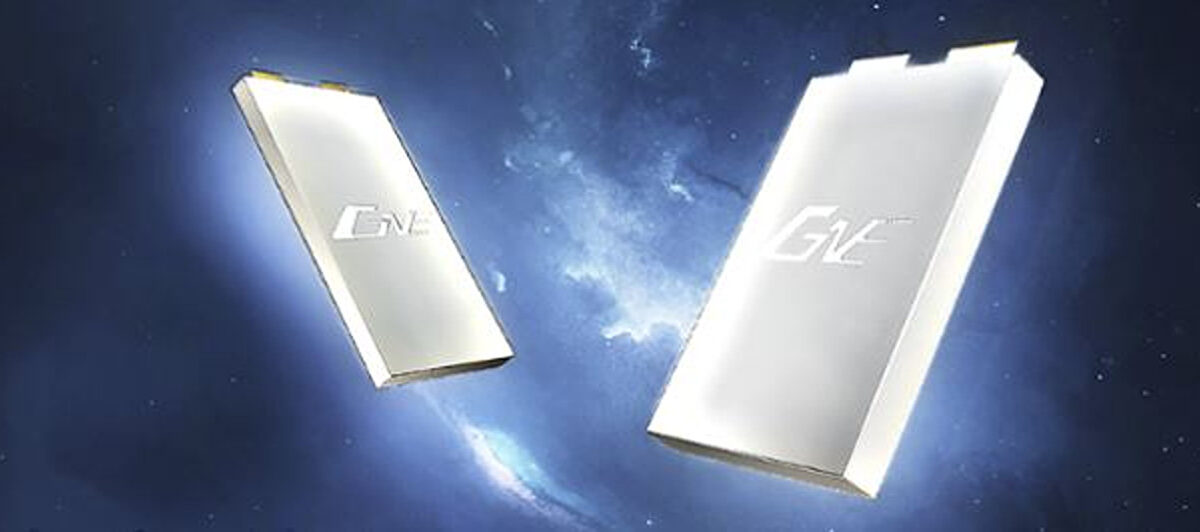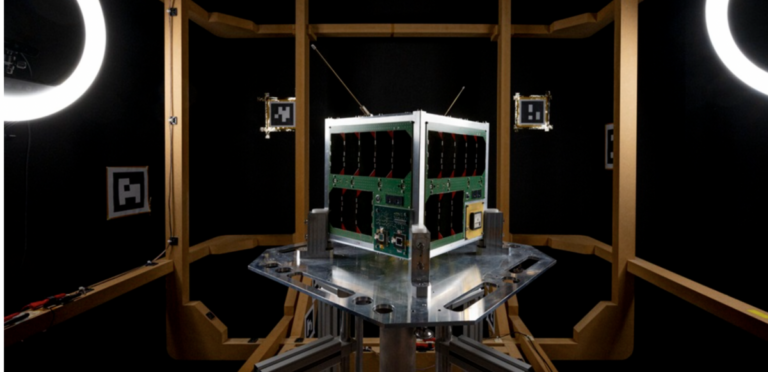Perovskite tandem solar cells are all the rage in solar futurism. These next-generation cells promise to increase module efficiency over the current range 22% to 25% all the way to 35% – And possibly even as much as 45%.
While questions remain about perovskite’s long-term durability, recent tests have shown that perovskite-silicon tandem panels degrade in the same way as traditional silicon moduleswhich alleviates some of these concerns.
To take this technology to new heights, a team led by Dr. Felix Lang of the University of Potsdam, in collaboration with researchers from Helmholtz-Zentrum Berlin and the Technical University of Berlin, launched the first satellite mission to detect two species perovskite tandem solar cells in space.
The cells include perovskite-silicon and perovskite-CIGS (copper-indium gallium selenide), both of which are being tested for their performance in the extreme conditions of space, including high radiation and intense temperature cycles.
To read further, visit our pv magazine USA website.
This content is copyrighted and may not be reused. If you would like to collaborate with us and reuse some of our content, please contact: editors@pv-magazine.com.
Popular content



